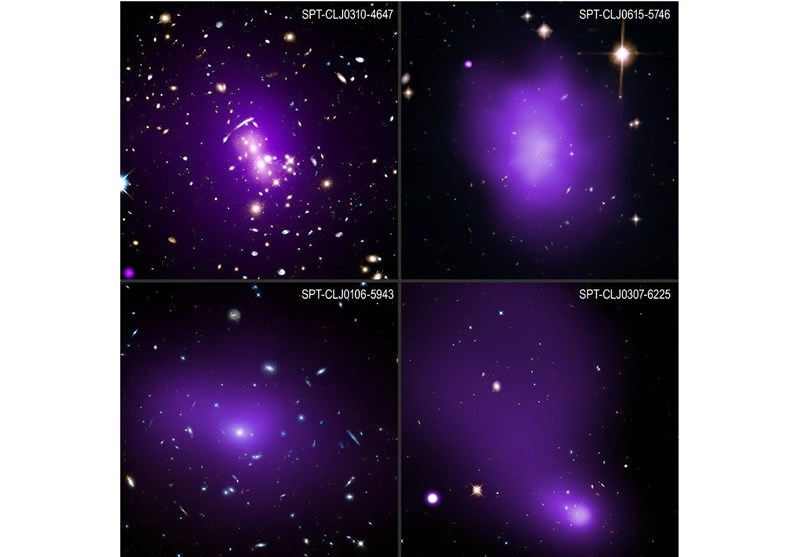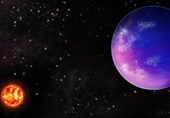Astronomers Uncover Key Factor in Star Formation across Billions of Years
TEHRAN (Tasnim) – A comprehensive study, utilizing NASA's Chandra X-ray Observatory and other telescopes, reveals surprising findings about the triggers for star formation in the universe's largest galaxies.
Contrary to expectations, the conditions fostering stellar birth in these massive galaxies have remained consistent over the past ten billion years, according to Michael Calzadilla of MIT, who led the study.
"The main driver of star formation in these huge galaxies really comes down to one thing—whether or not the hot gas surrounding them can cool off quickly enough," explained Calzadilla. The team focused on the brightest cluster galaxies, the most massive class in the universe, located in extreme samples of galaxy clusters between 3.4 and 9.9 billion light-years from Earth.
Surprisingly, star formation in these galaxies is primarily triggered when the disordered motion in the hot gas, known as "entropy," falls below a critical threshold. This discovery challenges previous assumptions about the influence of other factors on star formation in such colossal galaxies over cosmic time.
The study, combining X-ray and optical observations, connects the fuel needed for star formation—hot gas detected with Chandra—to the actual formation of stars after the gas cools, as observed with optical telescopes. This insight spans most of the universe's history.
Brad Benson, co-author from the University of Chicago and Fermilab, emphasized, "It's as if we've collected different chapters for the book of star formation across most of the universe's lifetime."
The research also explored feedback mechanisms involving supermassive black holes, shedding light on the processes that heat and energize their surroundings, temporarily preventing further cooling. Unexpectedly, the study indicates that entropy thresholds for feedback in nearby clusters do not apply to galaxies in more distant clusters, suggesting differences in black hole regulation.
This groundbreaking study challenges prior assumptions about star formation triggers in the vast galaxies and presents a cohesive narrative using X-ray, optical, and radio light observations. The findings were presented at the 243rd meeting of the American Astronomical Society in New Orleans.






